China has launched the world's first ultra high-speed next-generation internet backbone, with a transfer rate of bandwidth reaching 1,200 gigabits per second (1.2T), marking a milestone in global internet infrastructure, experts said on Monday at a news conference at Tsinghua University in Beijing.
The backbone is a high-speed data transmission line that can provide network facilities to internet service providers.
Jointly developed by Tsinghua University, China Mobile, Huawei and The China Education and Research Network, the ultra high-speed internet backbone covers more than 3,000 kilometers linking Beijing, Wuhan in Hubei province and Guangzhou in Guangdong province.
Professor Wu Jianping, head of the Institute for Network Sciences and Cyberspace at Tsinghua University, said the backbone is an essential experiment result of the national Future Internet Technology Infrastructure project.
The 1.2T backbone network is capable of transferring 150 high-definition movies in just 1 second, exhibiting a transmission efficiency more than 10 times that of the current 100G network.
It's built on key core technologies developed independently in China, including the 1.2T ultra high-speed IPv6 interface in the next-generation internet core router.
The backbone achieves complete domestic production and independent control of both software and hardware components, positioning its overall technological capability at the forefront globally.
It has been running trials since July 31 and has seen stable operation, Wu said.
It was estimated that the transfer of bandwidth would reach this speed around 2025, but Chinese computer scientists accomplished the goal earlier, promoting the development of global internet infrastructure, he added.
Professor Xu Mingwei, executive dean of the institute, compared the ultra high-speed next-generation internet backbone to a high-speed railway.
"The speed has increased from 60 kilometers per hour for an old train to 300 km/h for a high-speed one. Previously, it required 10 railways to accommodate the crowded passengers, but now, one high-speed railway is enough. We can expand the bandwidth to meet the demand of larger user traffic by building a 1.2T internet backbone," Xu said.
The main contributor to this technological achievement is that one ultra high-speed internet backbone played the role of 10 normal ones before, with lower construction and management costs, he said.











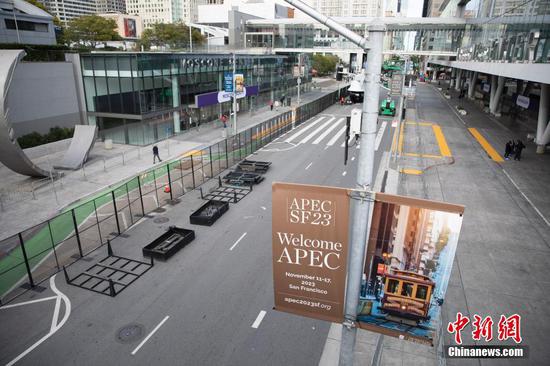
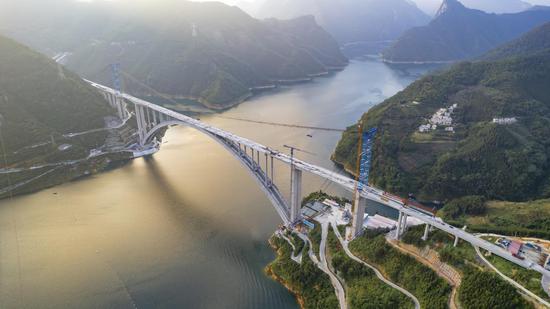




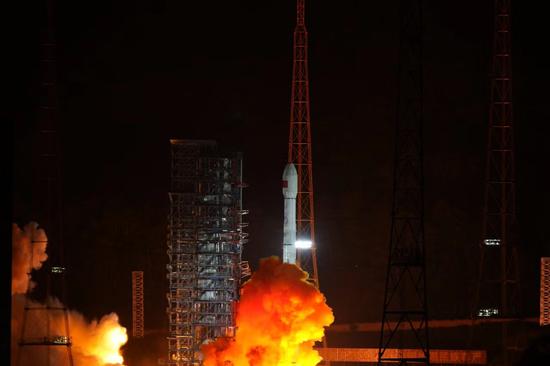














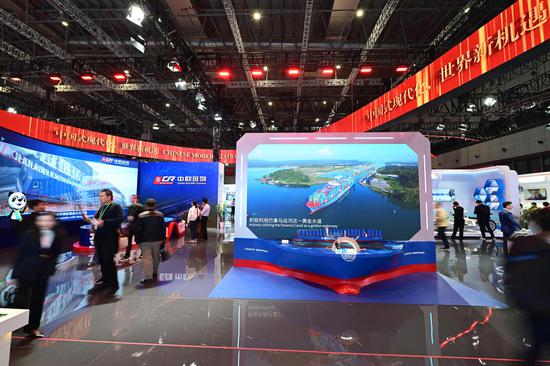
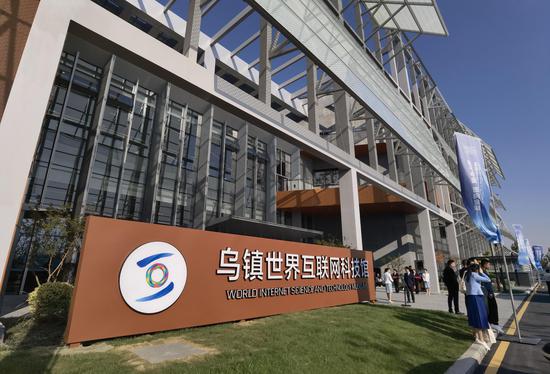


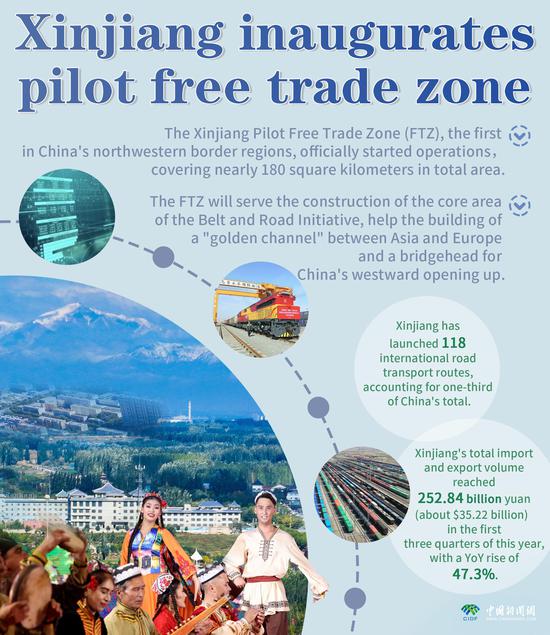













 京公网安备 11010202009201号
京公网安备 11010202009201号